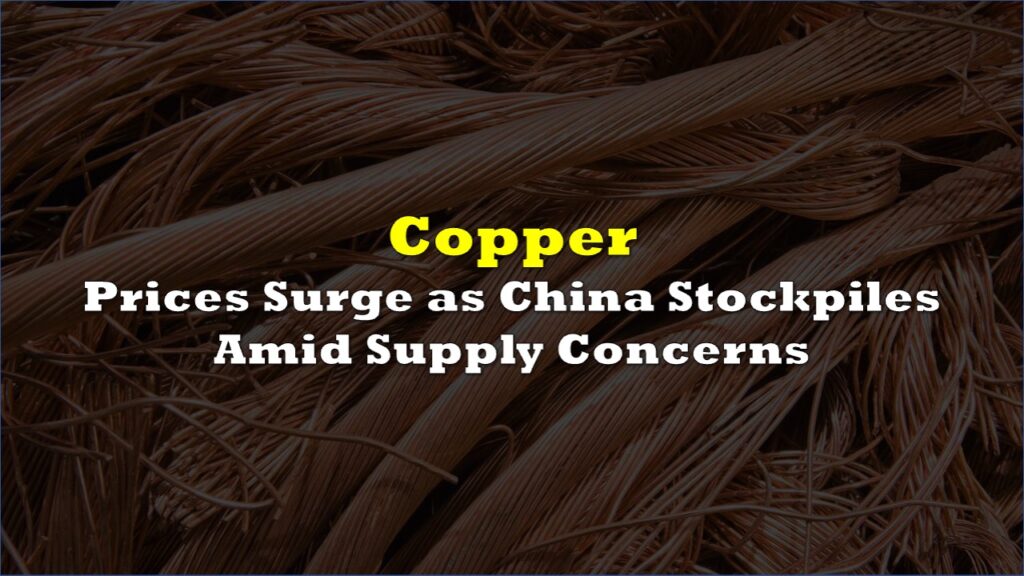Copper has long been known for being an indicator of economic health, its price seemed to be able to predict turning points of the business cycle like it has a Ph. D. in economics — and thus earning the nickname ‘Dr. Copper.’
When the red metal’s prices are high, it’s usually an indicator of vibrant economic growth, and when it’s low, it usually means a recession looms not far ahead. But this time around, along with everything since the pandemic and especially this year with Russia’s war in Ukraine, it’s not behaving as usual.
Analysts are seeing copper take the stage in the next year, even as the global outlook remains grim. Chatter among Wall Street’s largest banks points to the combination of a short-term supply squeeze and the long-term demand created by the energy transition as the engine that propels prices upwards, with a high likelihood of soaring past the record high of US$10,845 per ton in March.
With the world transitioning to cleaner sources of energy, be it solar power, wind power, and electrifying our vehicles, everyone will want copper. And they will want more of it.
"There’s a huge deficit coming in copper, and as much as people write about it, the price is not yet reflecting it"
— MikesMoneyTalks.ca (@moneytalkstweet) December 6, 2022
Gary Nagle, Glencore CEO
Note: there are 67 tons of copper in a medium-sized wind turbine.
EVs use 2.5x as much copper as an internal combustion engine vehicle pic.twitter.com/5sIcZCQrKX
This year, demand for the red metal remained robust. Energy transition-related demand — driven by Europe’s investments in energy infrastructure and the increase in electric vehicle output — was able to offset losses from the cooling of China’s property market.
Copper’s short-term supply squeeze, on the other hand, comes from disruptions in South America. Chile, the largest producer of mined copper, recorded a dip of 6% this year through July according to data from the International Copy Study Group, because of a decline in ore grades, labor-related woes, and water scarcity.
Meanwhile in Peru, operations at the Las Bambas mine, which is owned by Chinese mining company MMG, have been reduced due to continuing protests by local communities in the mining areas.
Trafigura, in their metals and minerals 2022 performance review, expects to see “increasingly large supply deficits,” even as several new mines come online in the next year. “A tight market [will] become the new normal for copper.”
And while today’s prices are no longer in the neighborhood of the all-time record, over $8,000 per ton is still much higher that the metal’s 10-year average of $6,750. As fears of a recession continued to grow in the past couple of months, the prices still went up by almost 10%.
As Bloomberg’s Javier Blas said, “if not for the slowdown, copper prices would be much higher. That also means that when economic growth accelerates, perhaps toward the second half of 2023 or early 2024, copper prices could jump, and by quite a lot.”
Information for this briefing was found via Bloomberg, Trafigura, CNBC, and the sources and companies mentioned. The author has no securities or affiliations related to this organization. Not a recommendation to buy or sell. Always do additional research and consult a professional before purchasing a security. The author holds no licenses.









